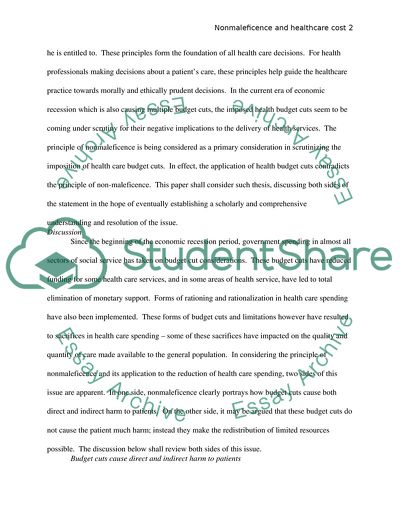Cite this document
(Nonmaleficence and Healthcare Cost Dissertation - 1, n.d.)
Nonmaleficence and Healthcare Cost Dissertation - 1. Retrieved from https://studentshare.org/health-sciences-medicine/1752609-nonmaleficence-healthcare-cost
Nonmaleficence and Healthcare Cost Dissertation - 1. Retrieved from https://studentshare.org/health-sciences-medicine/1752609-nonmaleficence-healthcare-cost
(Nonmaleficence and Healthcare Cost Dissertation - 1)
Nonmaleficence and Healthcare Cost Dissertation - 1. https://studentshare.org/health-sciences-medicine/1752609-nonmaleficence-healthcare-cost.
Nonmaleficence and Healthcare Cost Dissertation - 1. https://studentshare.org/health-sciences-medicine/1752609-nonmaleficence-healthcare-cost.
“Nonmaleficence and Healthcare Cost Dissertation - 1”, n.d. https://studentshare.org/health-sciences-medicine/1752609-nonmaleficence-healthcare-cost.


